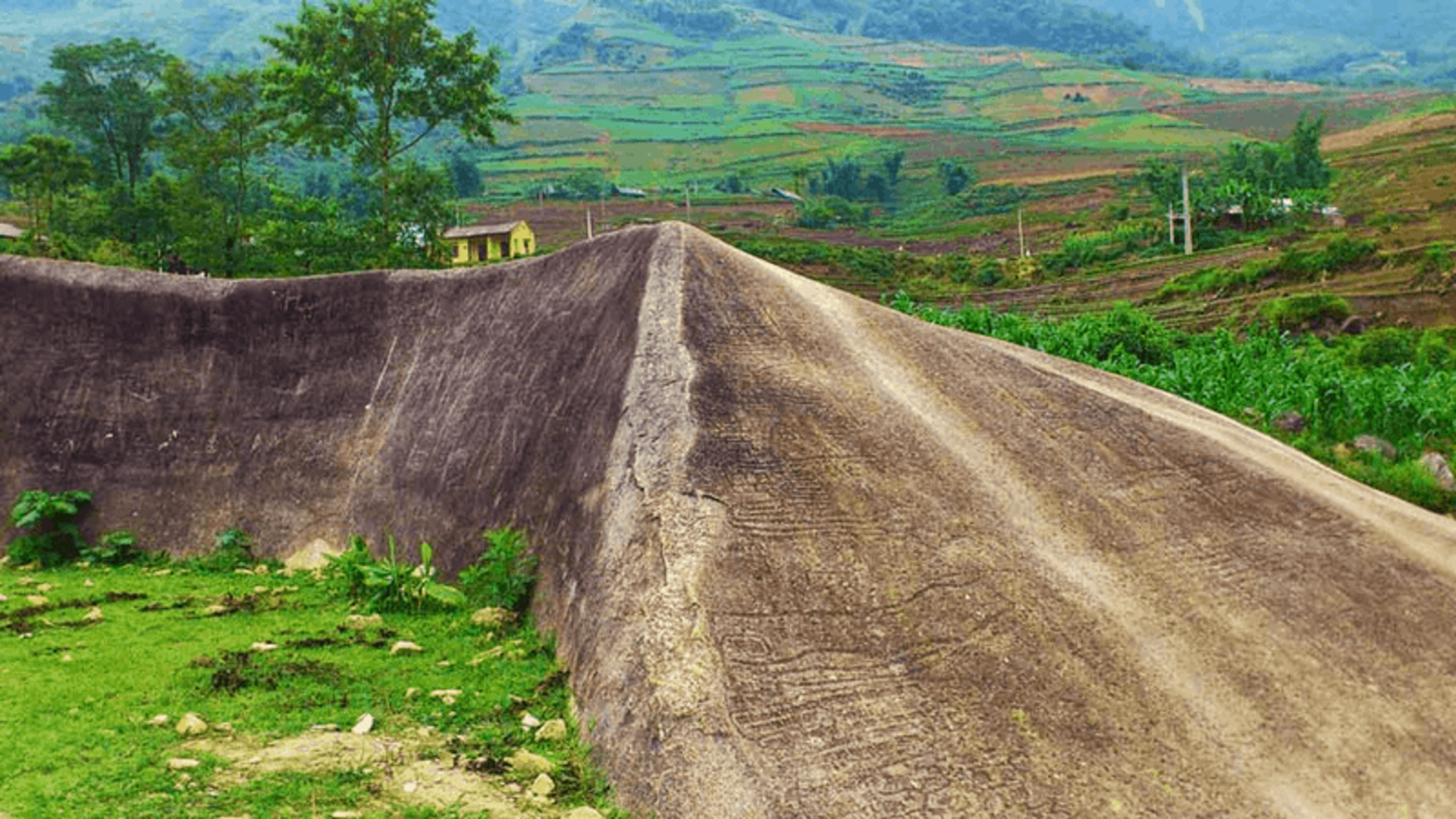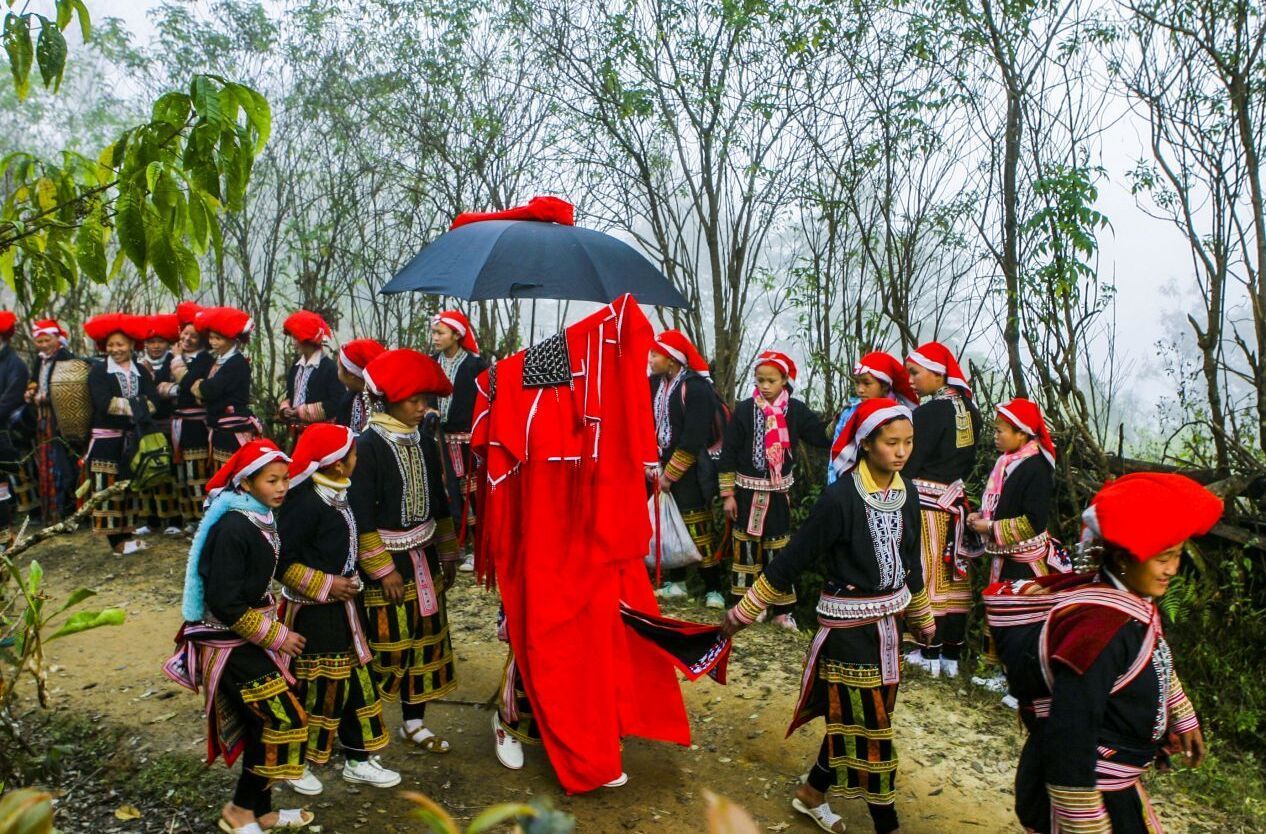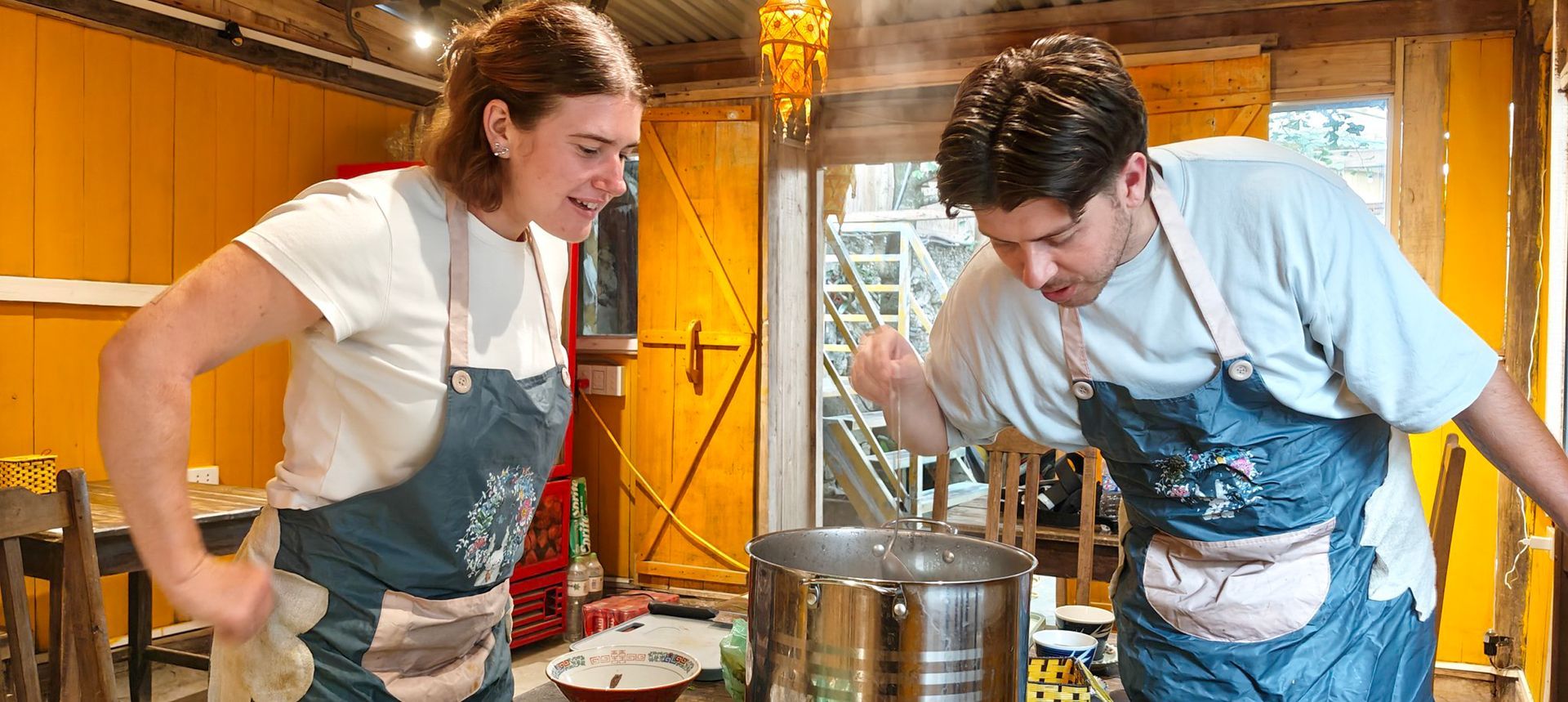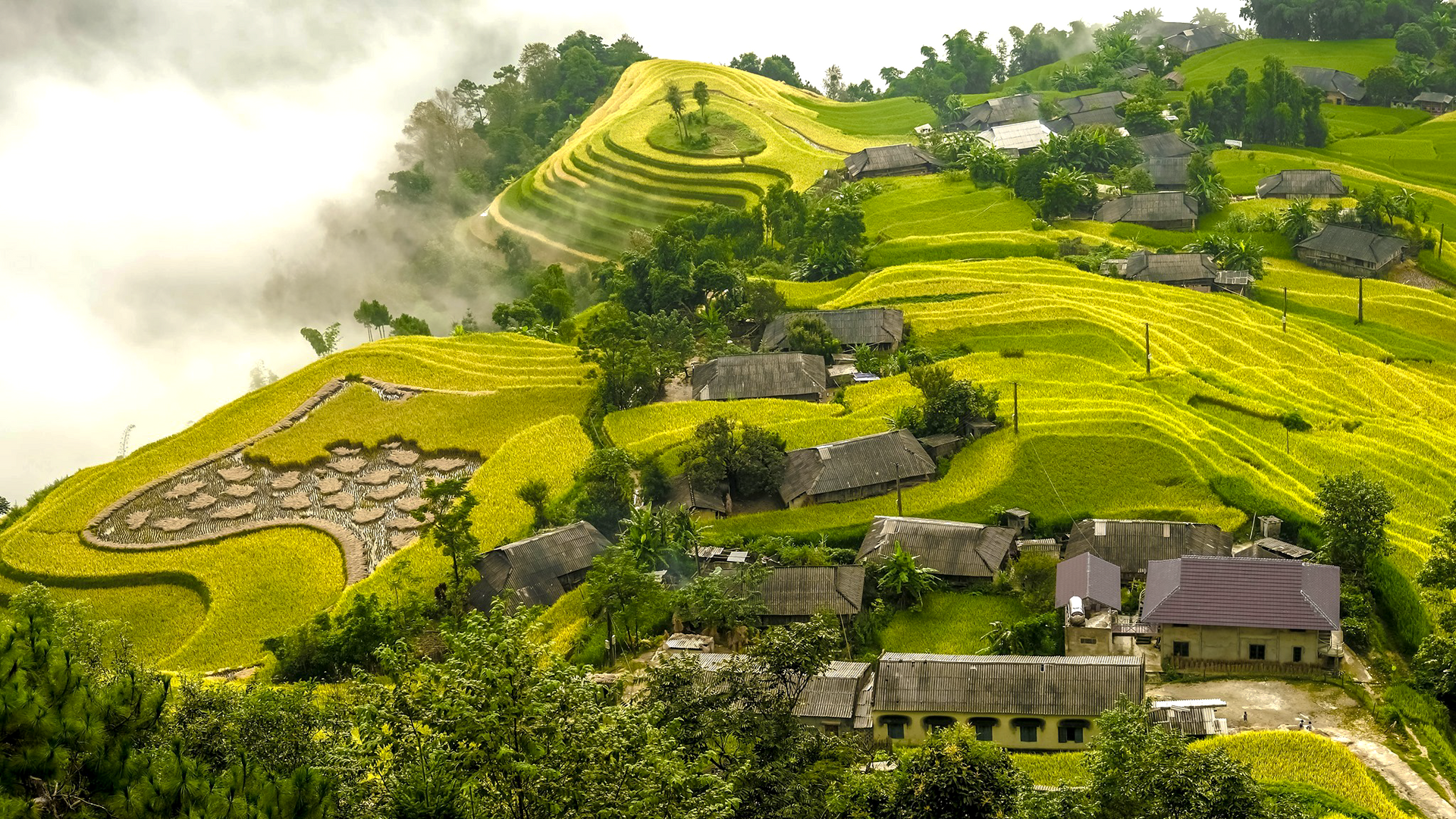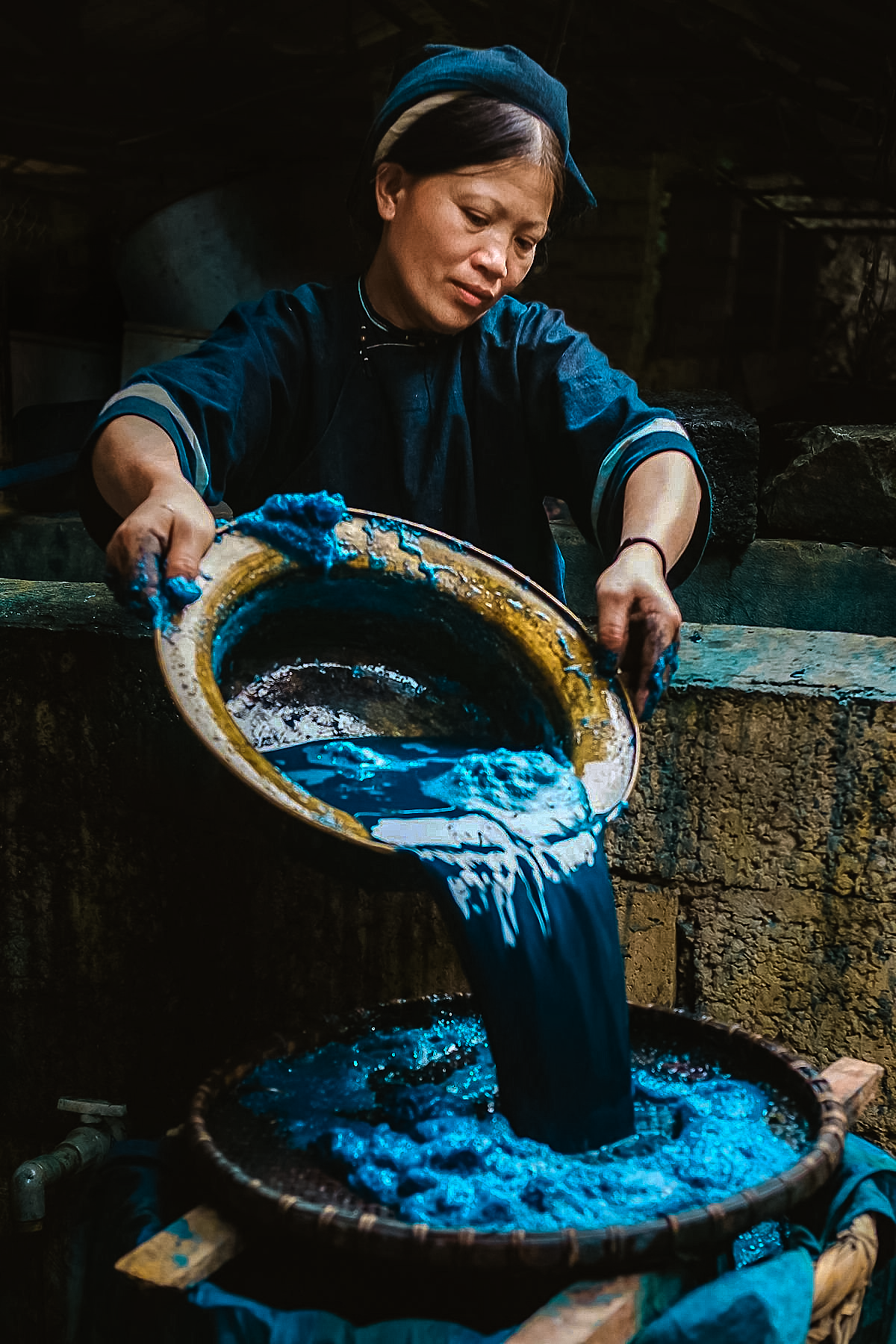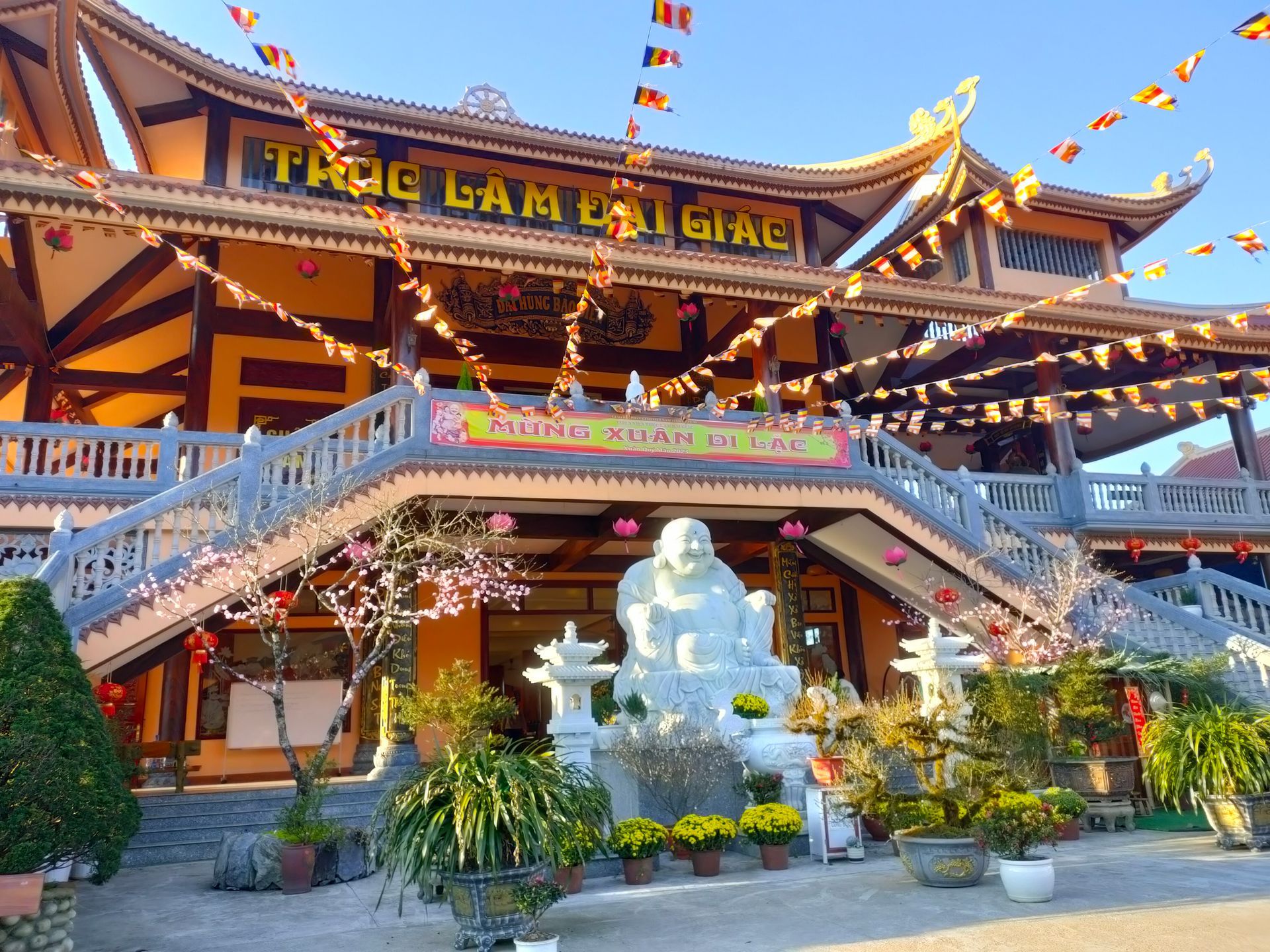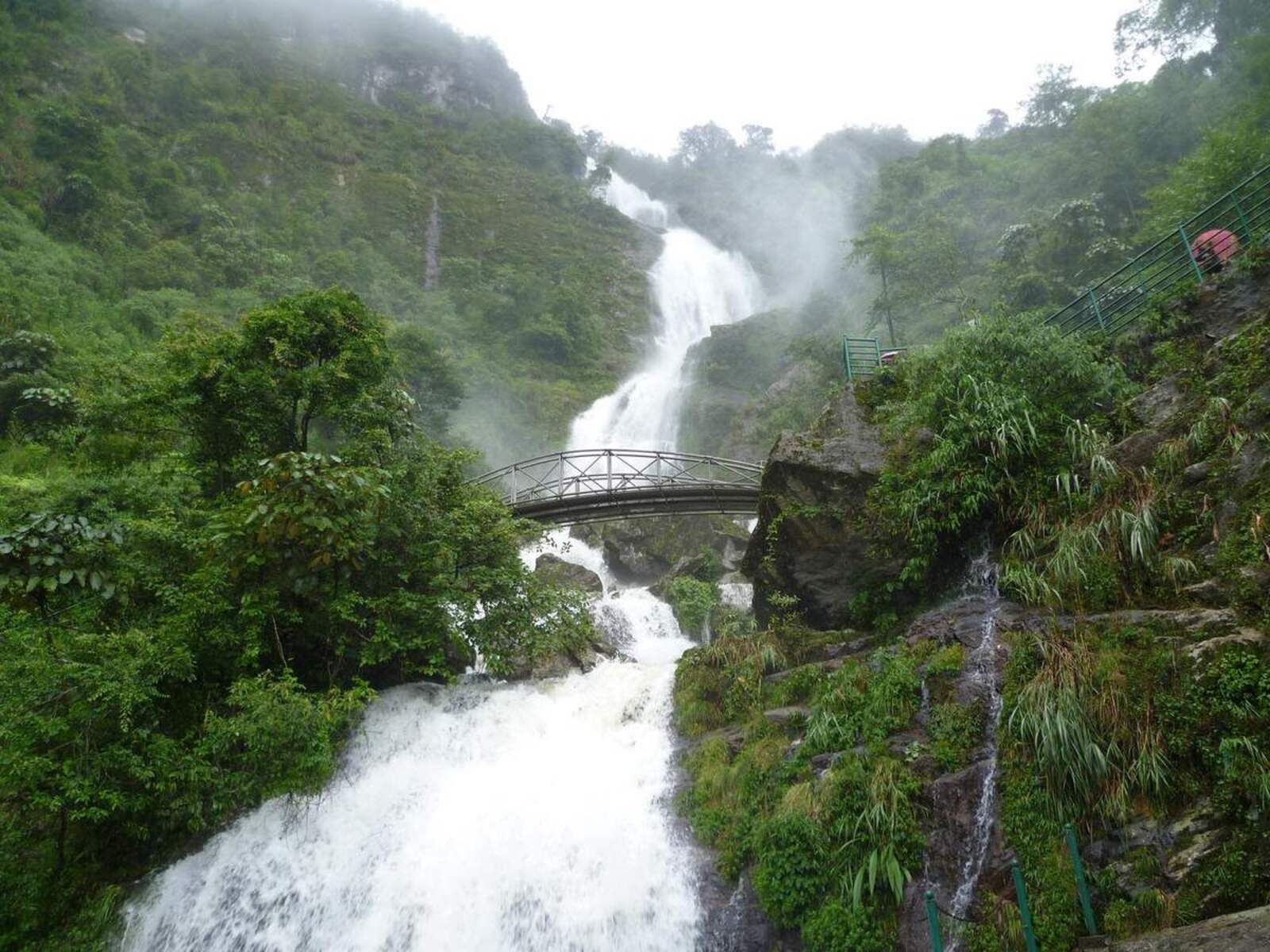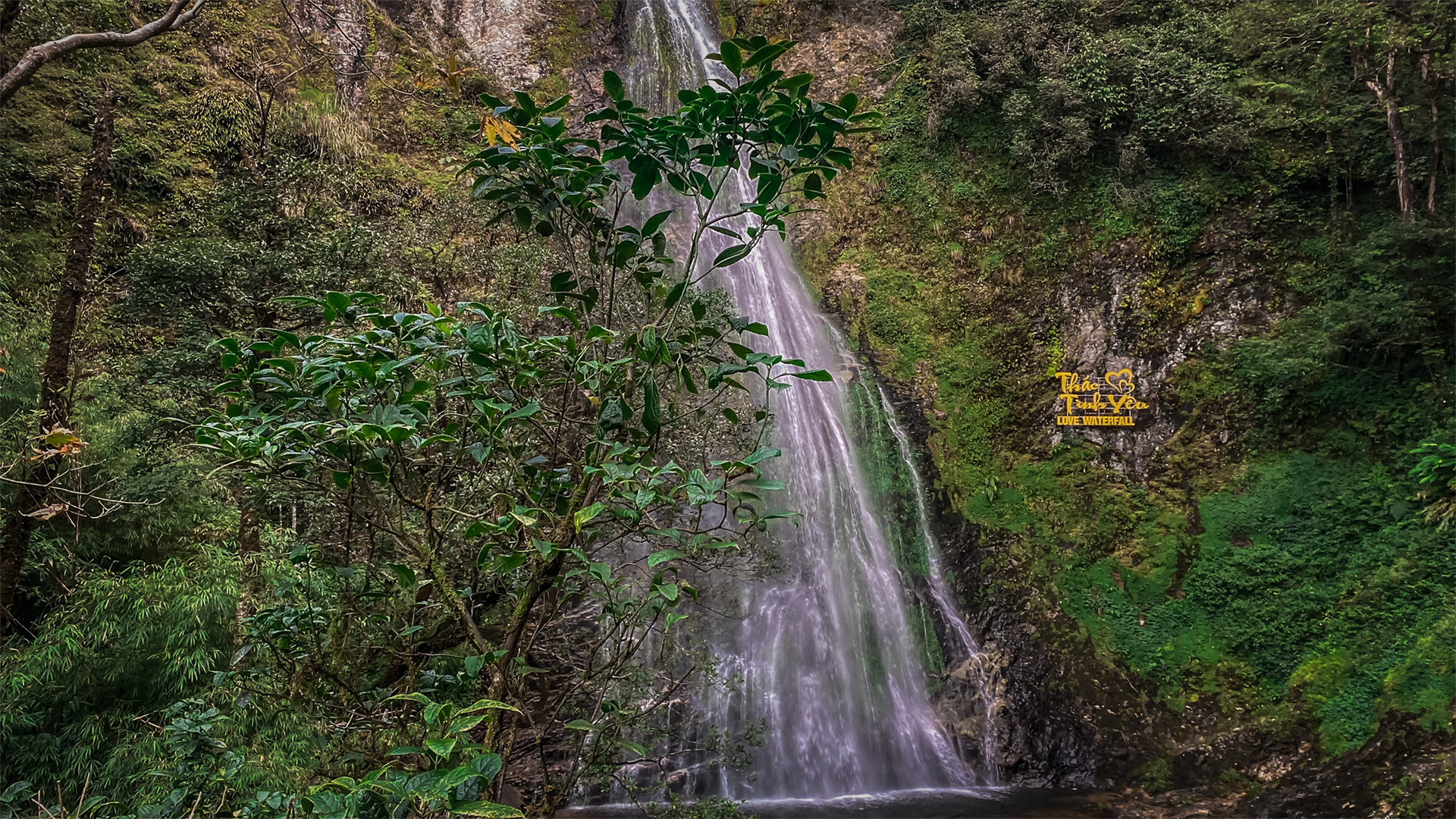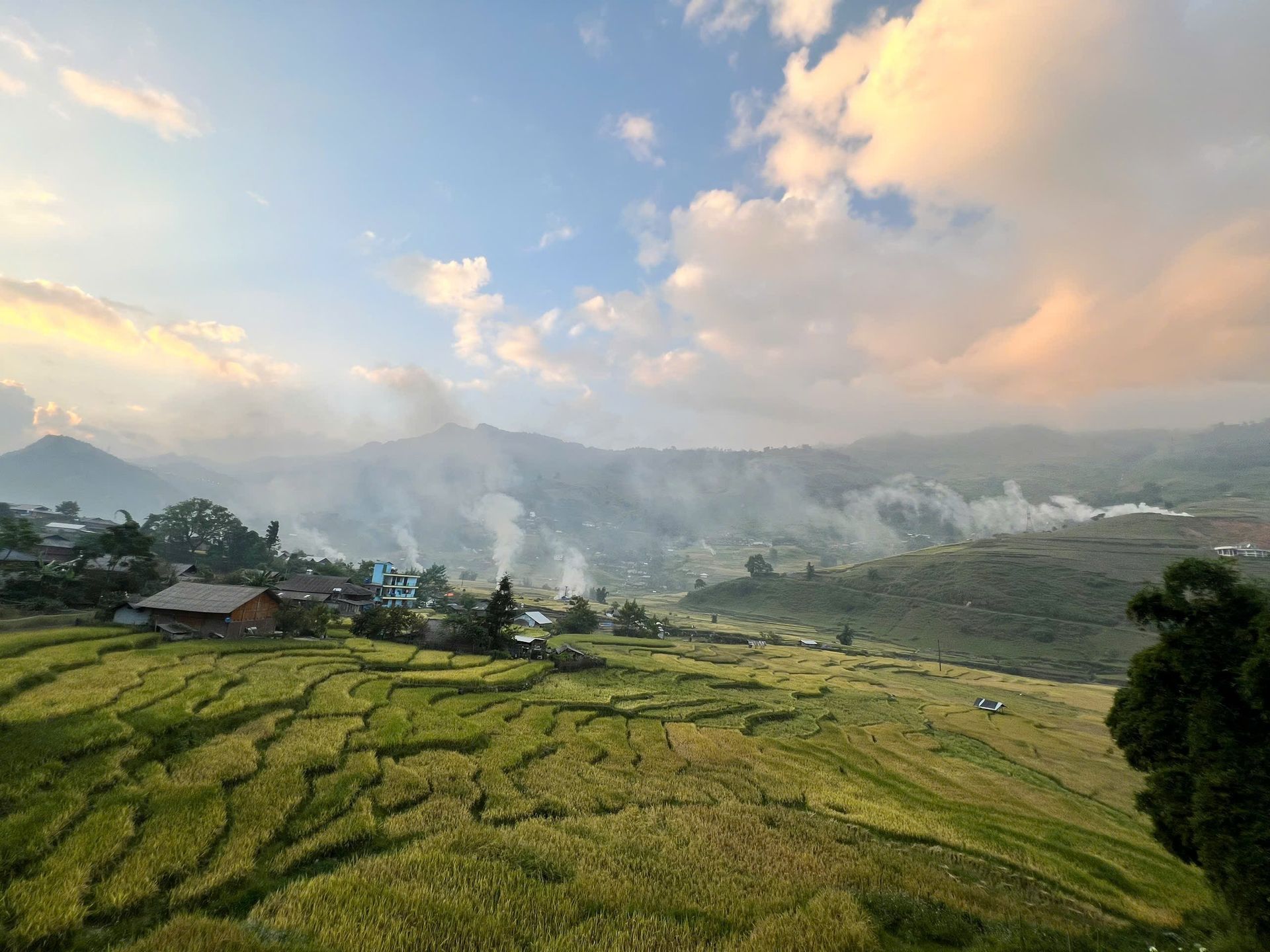Every year, as the terraced rice fields of Vietnam's Northwest transform into a breathtaking vista of gold, the local ethnic communities prepare for their most significant agricultural and spiritual event: The New Rice Festival (Lễ mừng cơm mới or Tết cơm mới).
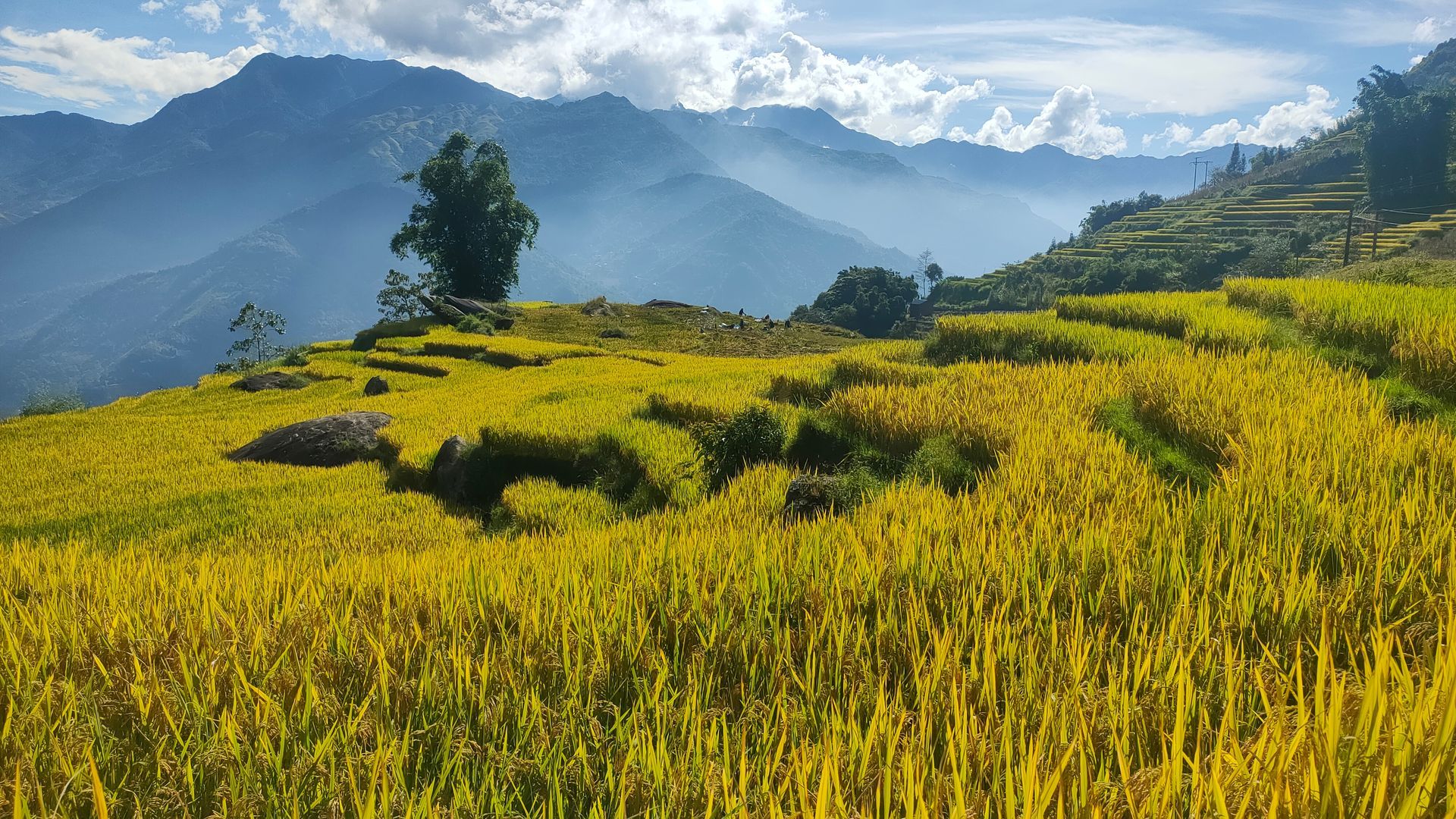
When the Harvest Season Begins
The festival typically takes place between September and October, signaling the beginning of the rice harvest season. For the ethnic groups, including the H'Mong, Xa Phó, Dao, and Tày, this is not merely a time for reaping crops, but a sacred period marked by rituals and communal celebration.
The Sacred Meaning Behind the Ritual
The New Rice Festival is fundamentally a profound expression of gratitude and tribute. It is held to honor the Rice Spirit, the Ancestors, and the Heaven and Earth for granting a year of favorable weather, protecting the villagers from illness, and ensuring an abundant harvest and full granaries. By performing the ceremony, they also petition for continued prosperity, health, and a successful season ahead.
Captivating Diversity in Rituals
The most crucial part of the celebration is the "Inviting the New Rice Soul" ritual, which varies distinctly among ethnic groups, showcasing the region's cultural richness:
The Xa Phó People: The ritual requires absolute secrecy and solemnity. On the day of the festival, the matriarch of the house wakes up early, puts on new clothes, and silently heads to the field to cut the first sheaves of rice. Crucially, she must face East (the direction of growth and life) while cutting and must avoid speaking to or being seen by anyone from the village, ensuring the "Rice Soul" feels safe to return home.
The Dao People: They invite the "Rice Soul" a day before the main festival. The eldest woman and her daughter collect rice ears from all corners of the field, tie them to a pole planted in the center (symbolizing the captured soul), and then proceed with the harvest.
The Festive Offerings: The offering tray must prominently feature dishes made from the very first grains of the new harvest. This includes Bánh Dày (sticky rice cakes) for the H'Mong and Cốm (green sticky rice flakes) or xôi khẩu rang (fried sticky rice) for the Tày and Giáy people. Different offerings are arranged on separate trays to worship the Household Spirits, the Farm God, and the Earth God.
A Communal Gathering of Joy
Once the rituals are complete, the entire village shifts into a festive mood. The days are filled with singing, dancing, and the vibrant sounds of traditional pan-pipes and gongs. It is a joyous occasion for the community to bond, exchange farming experiences, and rest after months of hard work. For many families, the celebration lasts for several weeks, moving from house to house.
Today, in places like Sapa, the New Rice Festival (such as the revitalized Cốm Festival in Tả Van Commune) has been elevated to a community-wide event that actively attracts tourists, allowing visitors to witness and appreciate this unique traditional culture firsthand.
If you plan to visit the Vietnamese highlands during the autumn harvest, seeking out the celebration of the New Rice Festival offers an unforgettable glimpse into the spiritual life and warm community spirit of the people of the Northwest.
FOR INQUIRIES AND BOOKING:
Vietnam’s Ethnics Community
Address: 02 Nguyen Chi Thanh, Sa Pa, Lao Cai
Email: booking@ethnicscommunity.com
Whatsapp/Zalo/Phone: +84 944 824 131 | +84 989 454 334
